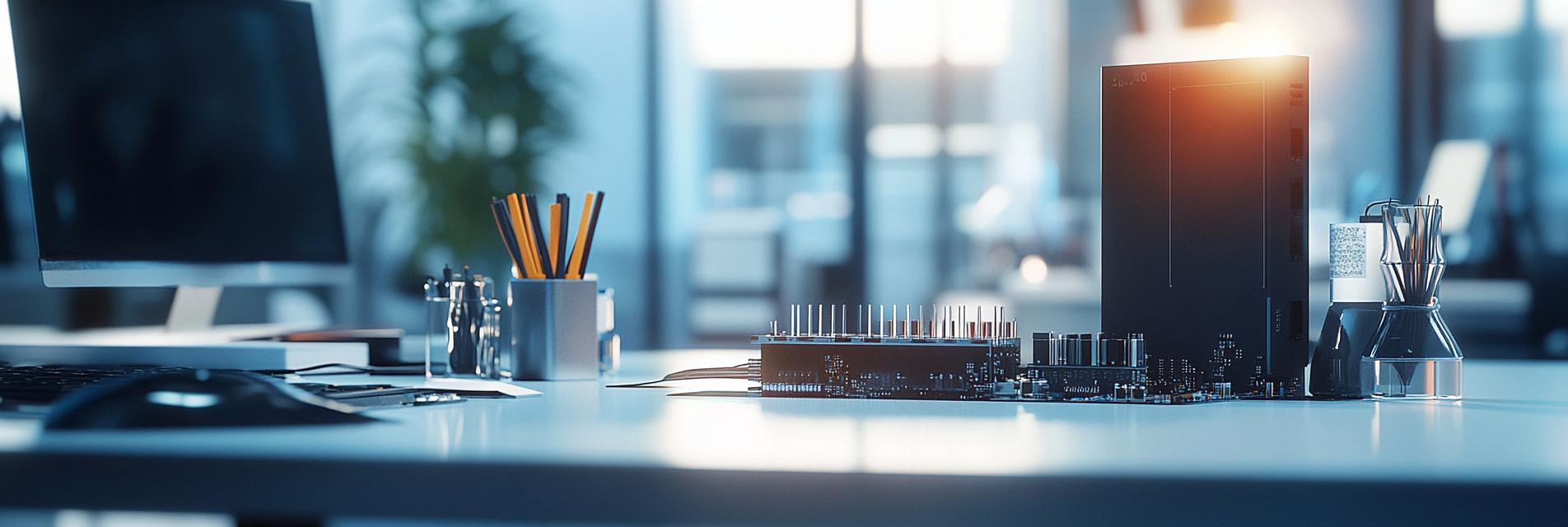The electronics industry is undergoing a remarkable transformation, significantly driven by the increasing demand for high-power compatible printed circuit boards (PCBs). These components are vital for the functioning of various devices, especially as technological advancements push the boundaries of performance and efficiency. This article aims to explore the market potential of high-power compatible PCBs, identifying critical developments and opportunities for future growth.
As the world progresses towards a more electrified future, the demand for high-power applications in sectors such as renewable energy, electric vehicles, and industrial automation is surging. High-power PCBs are designed to handle elevated power levels, making them indispensable in modern applications. With the growing shift towards sustainable energy solutions, manufacturers are increasingly looking for PCBs that can support higher power densities without sacrificing reliability.
The PCB industry is witnessing innovative trends that keep pace with the needs of high-power applications. Trends such as the adoption of advanced materials, enhanced thermal management technologies, and multi-layer designs are becoming prominent. These innovations not only improve the efficiency and performance of PCBs but also contribute to reducing the overall size and weight of electronic devices, which is crucial in competitive markets.
Several critical developments are shaping the future of high-power compatible PCBs. Firstly, advancements in manufacturing processes and technologies, such as additive manufacturing, are enabling the production of complex designs that were previously unfeasible. Secondly, the integration of smart technologies into PCBs promises enhanced functionality and adaptability, which are essential for modern electronic systems.
The future of high-power compatible PCBs is promising, with numerous growth opportunities on the horizon. Industries such as automotive, aerospace, and telecommunications are increasingly dependent on high-performance electronics. Furthermore, as global energy regulations tighten and the push for energy efficiency intensifies, manufacturers focusing on developing cutting-edge high-power PCBs stand to gain a competitive advantage. Continued research and development will be vital in driving innovation and meeting the evolving needs of customers.

The market for high-power compatible PCBs is poised for significant growth as technological advancements and environmental considerations drive demand. By embracing innovative technologies and adapting to the changing landscape, manufacturers can seize opportunities for expansion and play a crucial role in shaping the future of electronics. As we move towards a more energy-efficient and technologically advanced world, high-power PCBs will undoubtedly remain at the forefront of this evolution.
